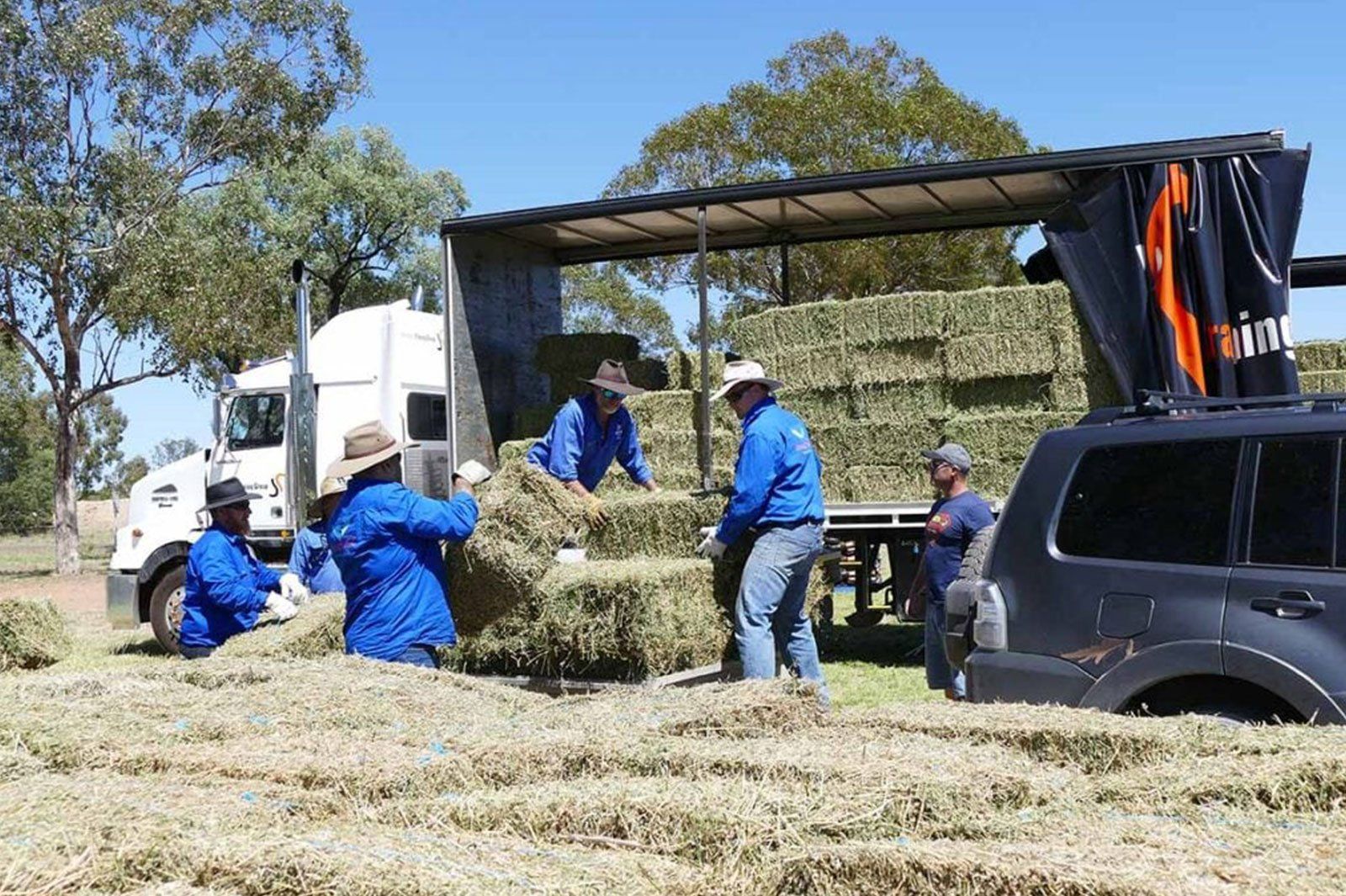1MG FlippingBooks
The Australian Farmer proud to support rural charities
Rural charities such as Drought Angels, Aussie Helpers and Rural Aid have given life-saving support to Australian farmers and regional communities suffering from drought and floods over the past few years.
As part of second volume of The Australian Farmer project, we pledged to donate a portion of our proceeds to these three charities as a token of our appreciation for their vital work. Today, we are proud to make good on our pledge and donate one per cent of our gross turnover from the project, split evenly among the three charities.
We felt obliged as a social enterprise to do something constructive for drought relief, beyond merely writing about it. We examined the work of these three charities and found them to be extraordinarily devoted and effective. We must thank our sponsors, without whom such a donation would simply not have been possible.
Our sponsors are a forward-thinking group of companies (and individuals within them) in the agricultural economy that have made TAF possible as a unique and growing knowledge source for all Australia’s farmers. The peak bodies who represent these farmers also deserve credit, as they provide fundamental assistance in the distribution of our publication to their farming members.
Drought Angels was started in 2014 when Chinchilla locals Natasha Johnston and Nicki Blackwell were compelled by stories of struggling farmers in their area to do some fundraising and provide support to farming families.
Five years later, Drought Angels has earnt a reputation for personalised, one-on-one support that reaches those who would normally never ask for help, providing moral and financial support as well as material goods such as stock feed and food vouchers.
Aussie Helpers was founded by Brian and Nerida Egan nearly 17 years ago to fight poverty in the bush, delivering hay, stockfeed and food to hundreds of farming families in need every year. The charity also played a pioneering role in establishing the Virtual Psychologist , an innovative text-based service that provides mental health support to drought-affected farmers via text message.
More recently, the charity launched the ‘ Australia Buy a Cow ’ program that aims to raise $5 million to help re-stock northwest Queensland farms that were devastated by floods in January, with an estimated 300,000 head of cattle lost. Aussie Helpers started the program with a donation of $500,000, with all funds donated to be used in purchasing and transporting livestock to affected properties.
Rural Aid began in 2015 with the enormously successful ‘Buy a Bale’ campaign, which distributed over $10 million worth of fodder to farmers around Australia. Since then, the charity has expanded to develop a specialised mental health counselling service and a number of programs – such as Farm Rescue and Farm Army – that mobilise skilled volunteers to assist with rebuilding and repairing properties damaged by natural disaster.
All three charities are doing amazing work for farmers and rural Australians in need, and we are proud to play our small part. You can help out to by donating your time or money to one of these worthy causes – click on the links to find out more:

















